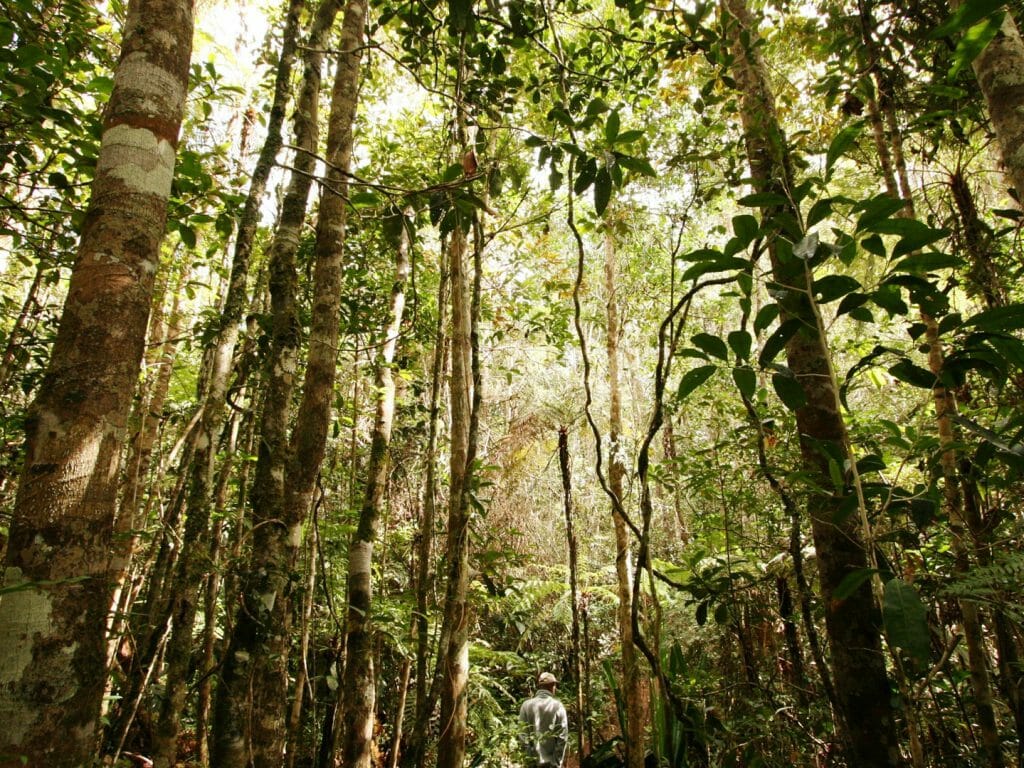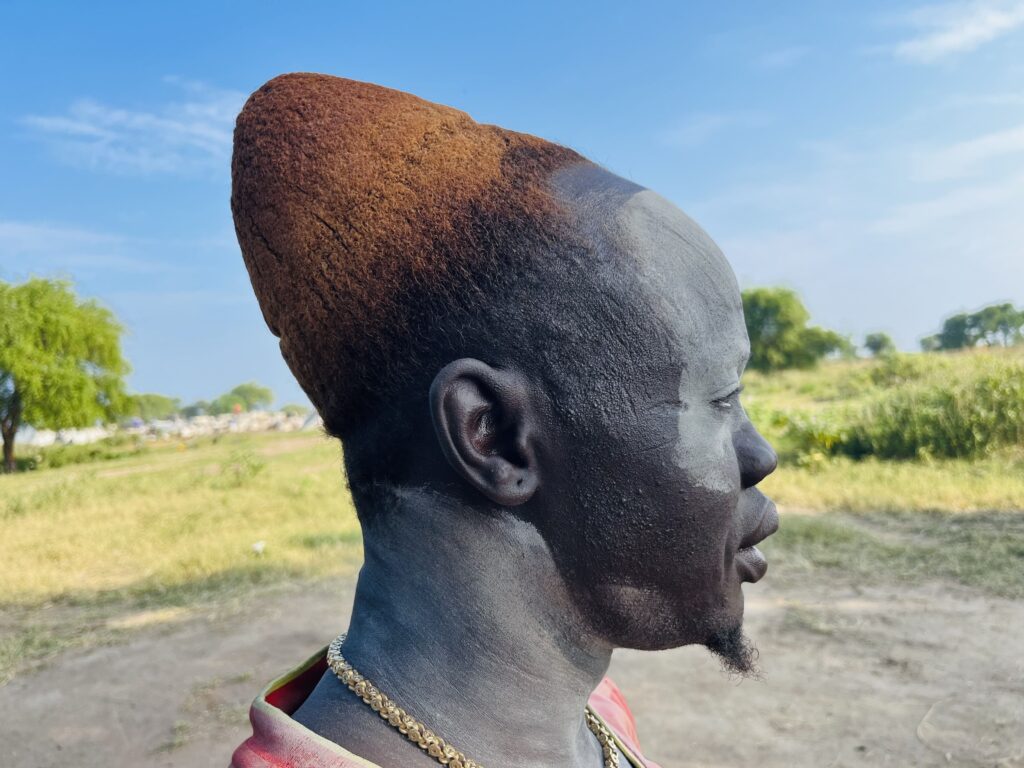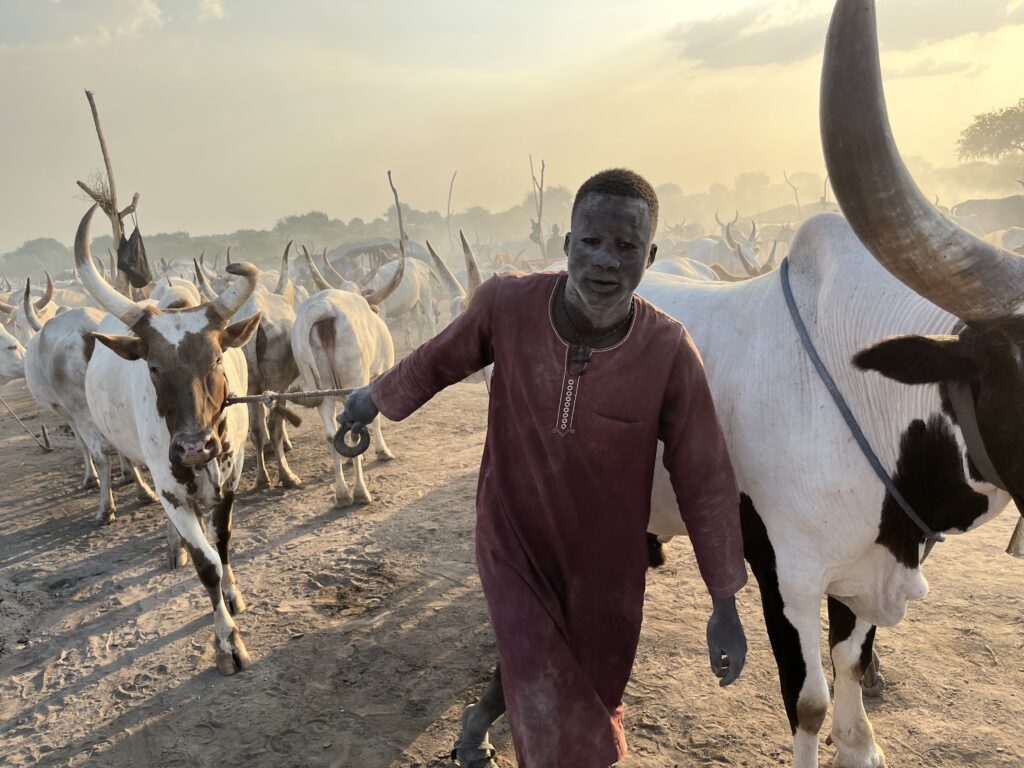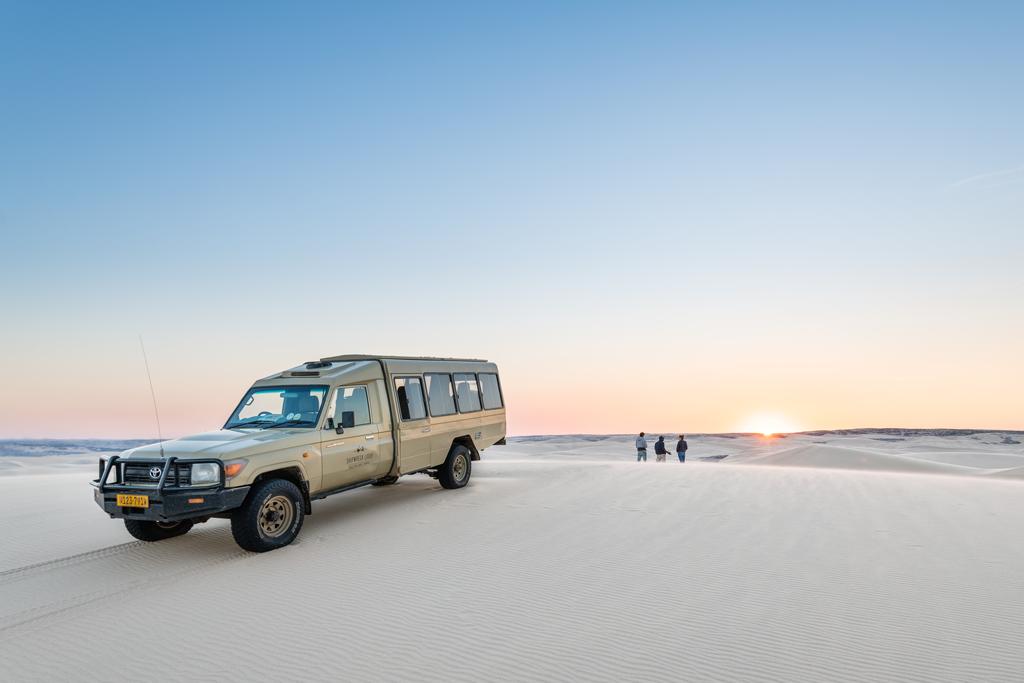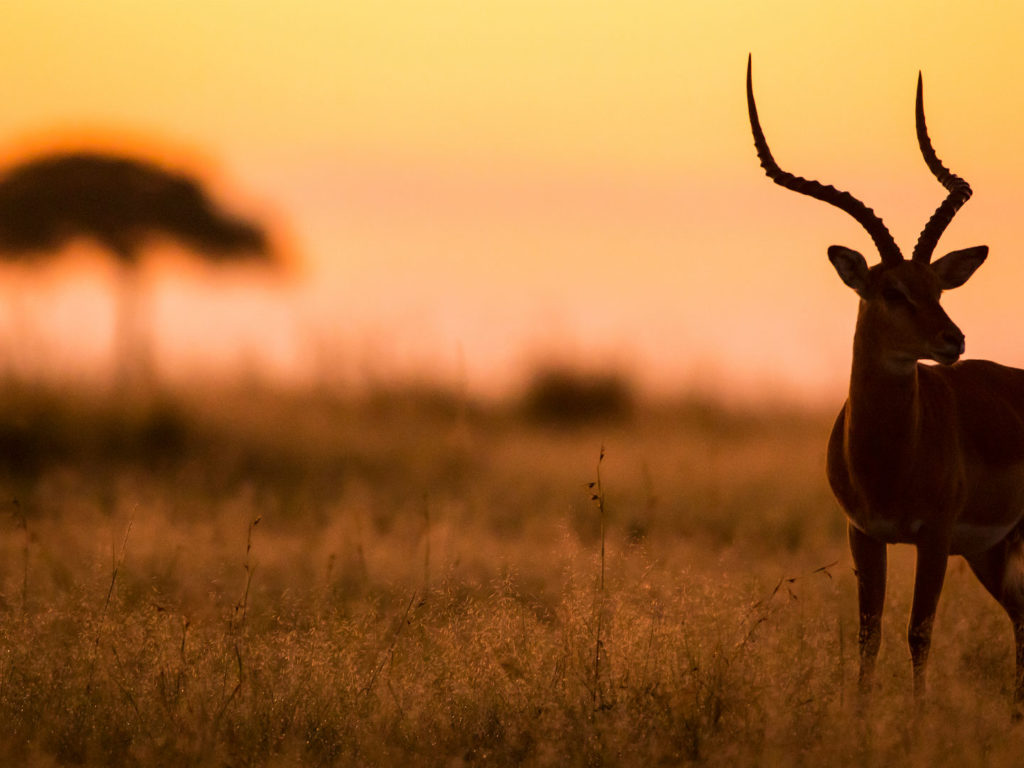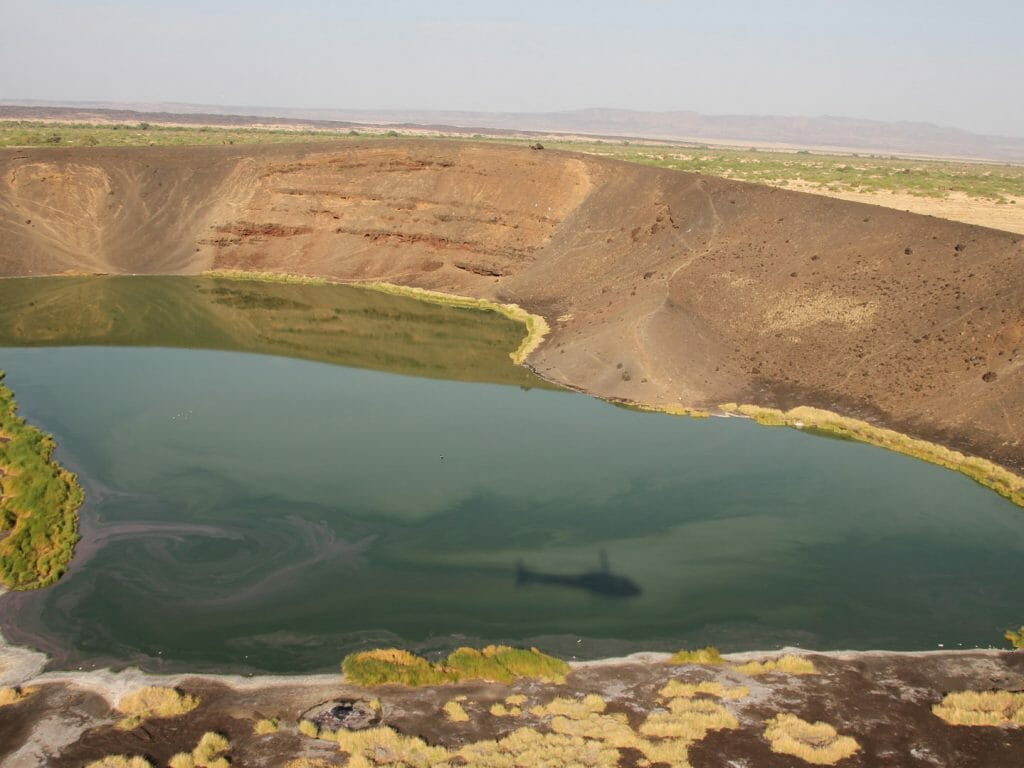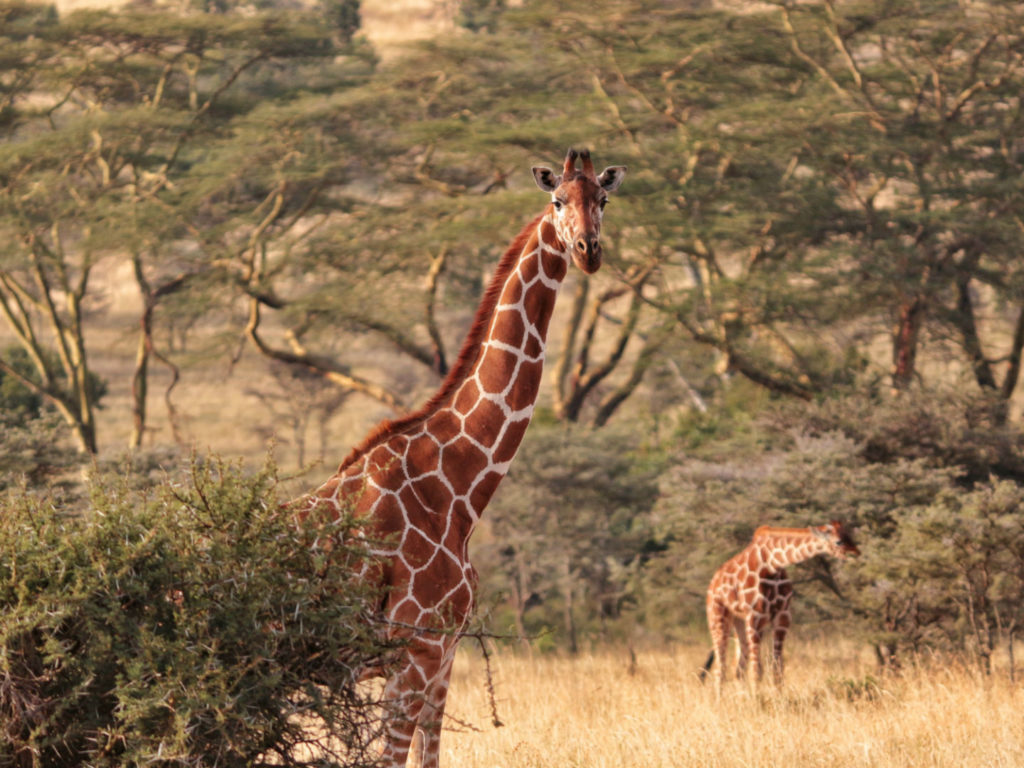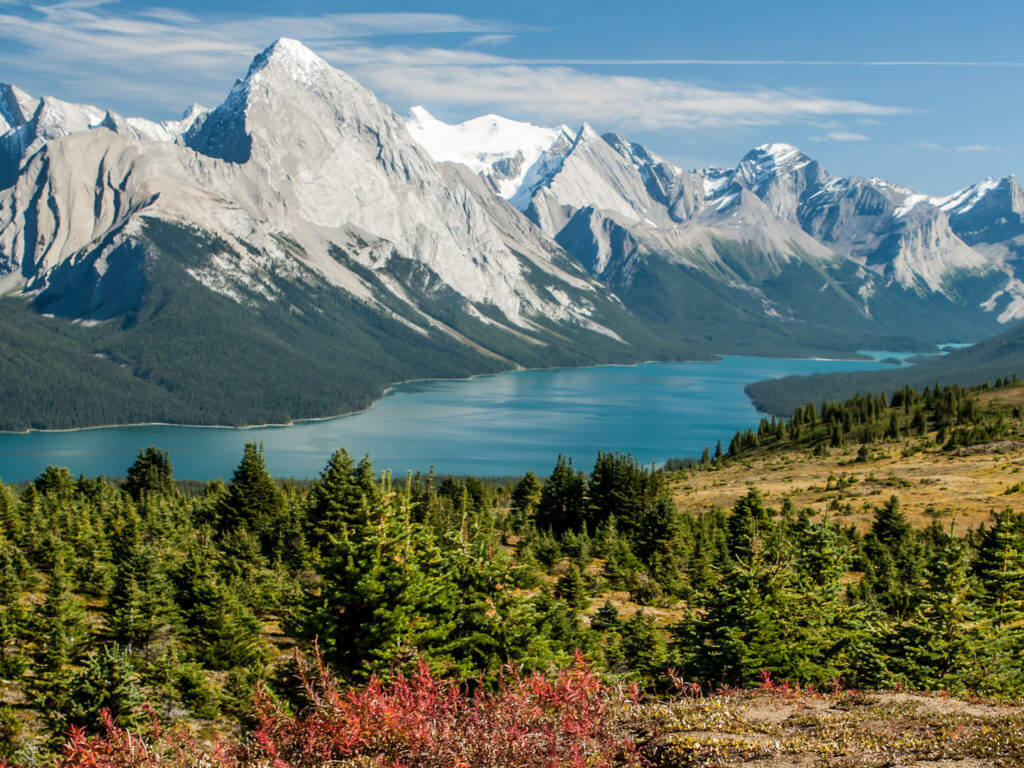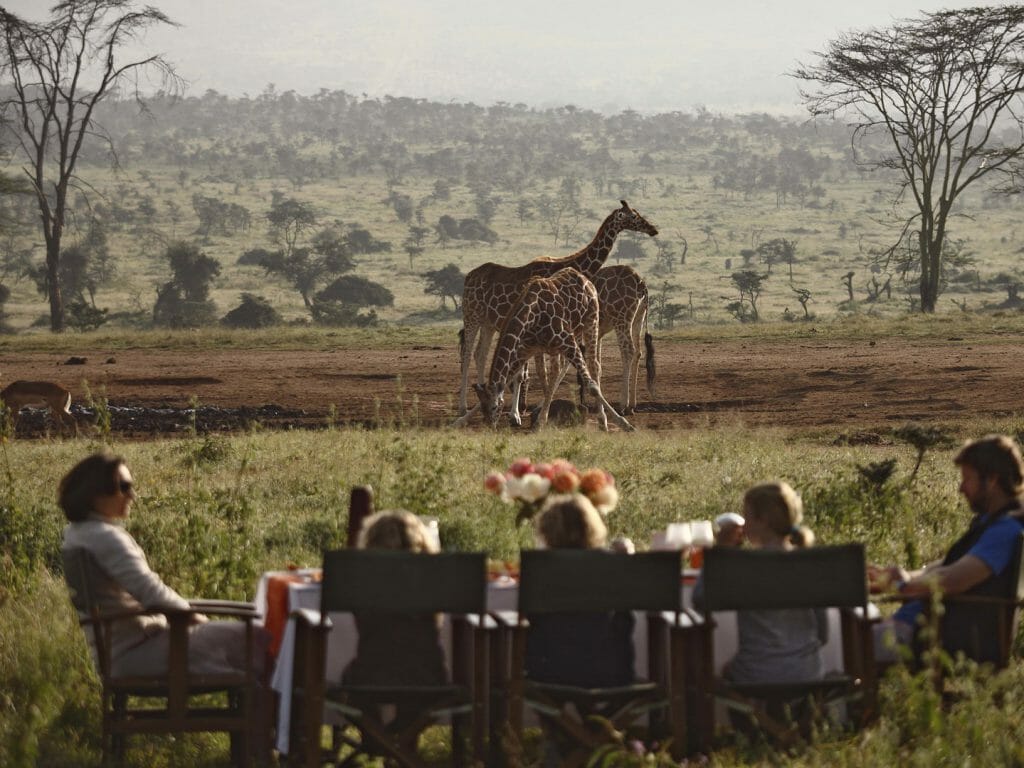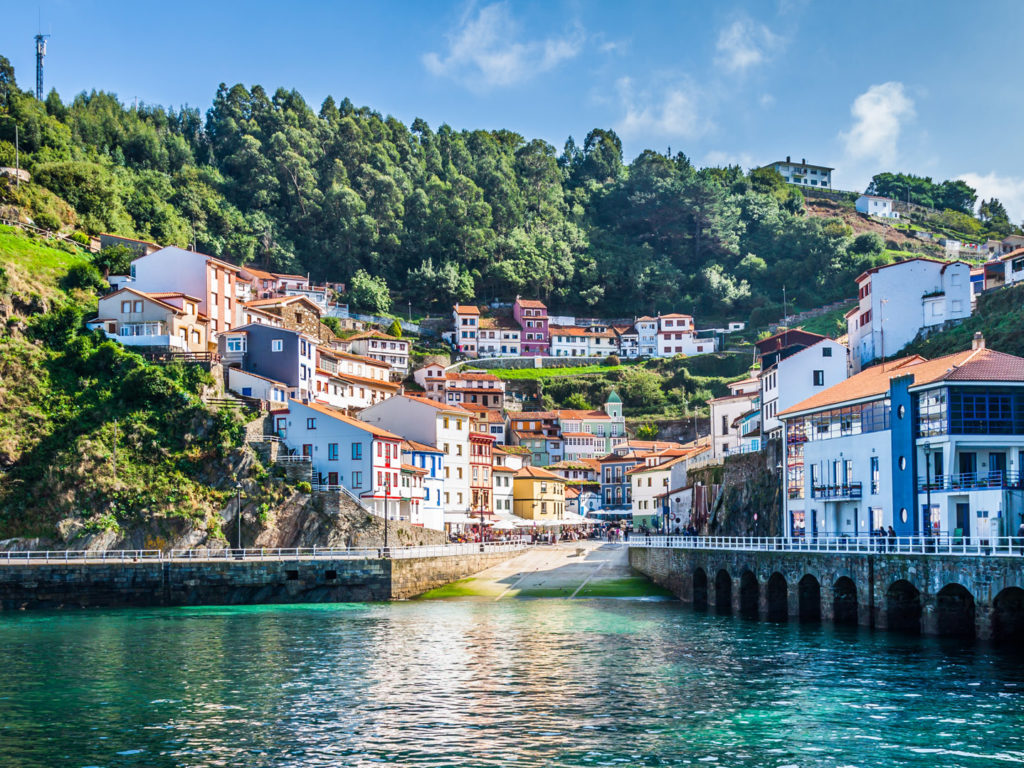I fly to Ruaha, Tanzania’s largest National Park. At 20,000 square kilometres, the size of Wales, Ruaha is a combination of baobab and riverine forest with dry sand rivers snaking through it. The baobabs survive as they are of no use for humans – the wood is soft and not good for firewood or building.
On the way from airstrip to camp we see ground hornbill, an indicator species of rich biodiversity.
The name Ruaha originates from the Hehe word ‘Ruvaha’ meaning river. This used to be the land of the Hehe and over a sunset drink conversation turns to the brave Chief Mkwawa, the chief of the Hehe, who resisted the German attack in the late 19th century. Safari isn’t just about the wildlife.
We head out on an early morning walk. Our guide surveys the sandy river bed, reading the early morning ‘newspaper’, for clues. The oval footprint of the back foot of an elephant versus the round footprint of its front foot, round to bear the weight of its head and trunk. Two and a half times the circumference of the front footprint is a mark of the elephant’s shoulder height.
We see the spoor of lions and are told if we see lions not to show weakness but rather strength and respect. Fine if it is a male but less so if it is female. We are cautioned, “Females are more dangerous. We need to look at her teats to see if she is lactating. We need to look at how healthy or not she is. Females are more social. There will in all likelihood be others.”
We read the classified adverts – the droppings of animals. Civet dropping is easily identifiable as it is full of insect casings. Giraffe droppings are distinguishable from those of kudu as they come from a greater height and hence are more scattered. The dung of an elephant is strewn across the ground having been ransacked for seeds by baboons. The droppings of hyena, white from the calcium in the bones of their latest prey, are eaten by tortoises to strengthen their shells.
Craters, where elephants have dug for water, pockmark the dry river bed. We hear the warning bark of impala, banded mongooses stream across the dry river bed – their presence reassuring as it indicates an absence of snakes. A red headed agama lizard sits patiently on a branch before scuttling upwards. Green leaves on the ground are a sign that elephants have recently passed this way.
The bird life is prolific: Green-winged pytilia, scarlet breasted sunbird, lesser striped swallow, collared sunbird and a flash of iridescent green as a mating pair of Meyers squawk past. We watch the stuttering flight of the hornbill and listen to the Morse code call of a bulbul. A Verreaux’s eagle owl stands imperiously in the foliage of a tree, its formidable talons the scourge of the rock hyrax.
A greater honeyguide chats excitedly to encourage us forward. Nature speaks. We need to listen.
We head out on a night drive, the rhythm markedly different from the heat-induced stupor of the day. Impala, kudu and dikdik are all far more skittish. The cast has changed and is far more varied – a Verreaux’s eagle owl stares at us with disdain, a nightjar flies up from in front of the vehicle, a jackal scampers into the undergrowth as do a white-tailed mongoose and a honey badger. The reflective eyes of a genet give away its position in a dense bush, its spotted coat and long tail a joy to see. But this was not just a one-off treat – we were hugely fortunate to see another three genets.
I awake at our mobile safari camp in the middle of the night. The inky blackness of the night sky is perforated by the bright white stars, the singing of insects and the occasional ghoulish whoop of the hyena. The plaintive cry of a pearl spotted owlet.
At 4:30 confused birds temporarily start their early morning chatter only for it to peter out for a lack of support. An hour later as dawn breaks, the chorus restarts with gusto. The constant ‘work harder, more lager’ refrain of the doves.
A family of 17 elephants march purposefully across the dry bed of the Mwagusi River. Their single-file order contrasts with the squabbling chaos of a troop of baboons we had seen earlier or the dumbfounded stares of a dazzle of zebra. The procession passes through with deceptive speed, a real purpose to their movement, their sense of direction palpable.
We slalom across the sand river to where the elephants have crossed but they are nowhere to be found, swallowed up by the vastness of the landscape.
We head out on another walk. On a walk you do not ‘see’ as much but you learn so much more, you see in a different, more empathetic way. You notice – or at least I do once the ‘signs’ are pointed out to me – and appreciate differently. You interpret and value the lesser.
A warthog down on its front legs is so absorbed with its digging and pulling at roots that it does not notice us. From fifteen yards away we watch and listen to its grunts.
The explosive flutter of fright as a spurfowl breaks into flight at my feet. I startle, jumping in surprise, as does a male lesser kudu, which bounds into the undergrowth.
I begin to discern. Baobab fruit scattered on the ground is the detritus of feasting baobabs. The grey circle is a zebra dust bath. A pile of dung pellets is an impala midden, a scent mark of territory.
Smell is all important. I am told that when the animals see you they are more relaxed but when they smell you, they react differently. The power of scent. Immersing yourself in their world elicits a far greater engagement.
So too sound. The alarm call of guinea fowl piques our interest. Something, invariably a predator, has disturbed them. Are we able to see the cause of their disquiet? A leopard descending a tree? Nature does not reveal her hand quite so easily.
We have to learn to live in harmony with nature. Rather than trying to control nature, we should see ourselves as part of it. That, for me, is the difference between a game drive and a walking safari.
Ruaha is not just about the animals, nor indeed is a safari: it is about being immersed in nature. The American biologist EO Wilson wrote that humans have an innate instinct to connect emotionally with nature. George Monbiot argues that we have a primal need to experience wild nature.
Now I can do that closer to home (and I do, and I love doing so, in spite of the dire statistic that in the ‘Biodiversity Intactness Index’ the UK was ranked 189th in the world, i.e. one of the most depleted countries in the world) but we need to support and help protect biodiversity around the planet.
More importantly it is not just about looking at the landscapes and seeing the animals but appreciating and understanding better the communities that have to live alongside such biodiversity. Communities are the key to biodiversity and the conservation of it.
Meeting with lion conservationists who work with the communities living alongside Ruaha, I was particularly struck by one comment they made. And that was when they took some of the community into the park, the members of the community loved it but all questioned whether the lions in the national park were drugged. Namely that the lions were sedate as opposed to the menace that they have to face at night when lions are intent on predating on their livestock.
It is all about perspective. We all love lions but not when they are too close to us.
Whilst I am an interloper who does not fully understand the complexities of Ruaha, I have fallen in love with its landscapes, wildlife, peoples and light. And, oh yes, the trees are somewhat different, not least the witch-like beauty of the upside down baobab tree.


